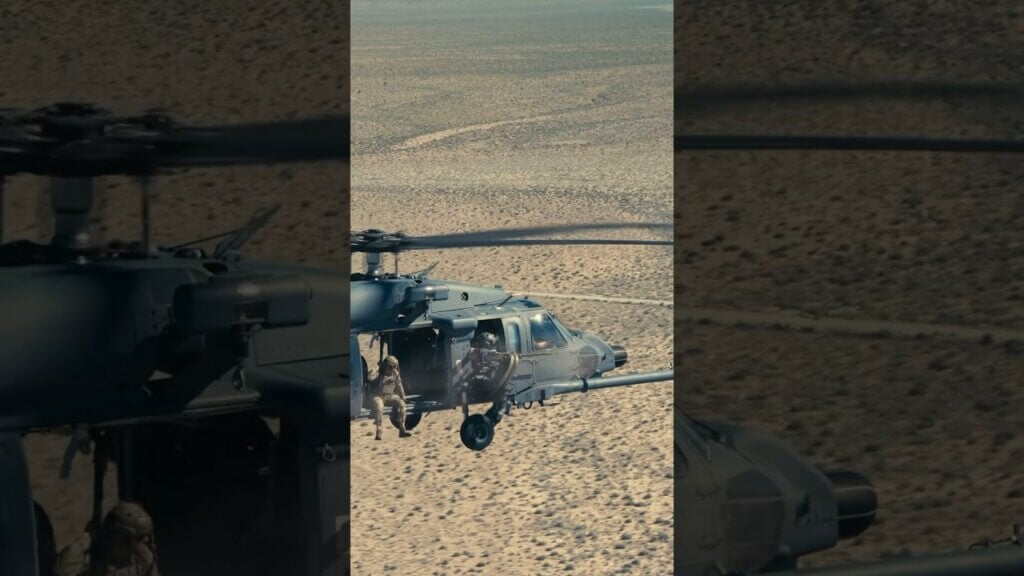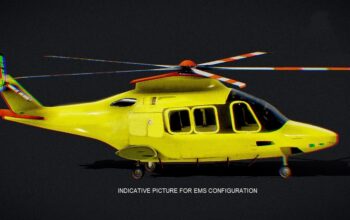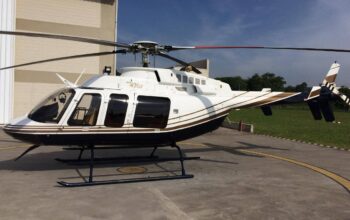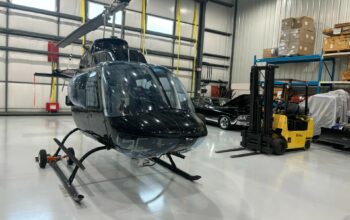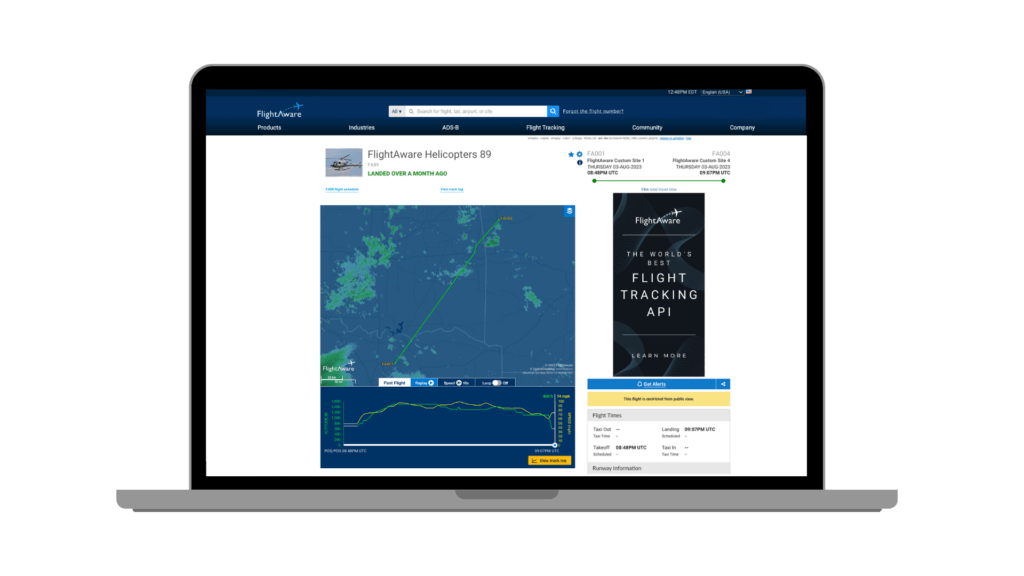
Within the world of aviation, helicopter operations are distinct.
Rather than flying directly between point A and point B and landing at airports like their fixed-wing counterparts, helicopter pilots often find themselves flying a variety of missions. Sometimes they are flying low and slow in congested urban environments. Other times, they are traversing some of the world’s most rugged and remote terrain, with multiple stops along the way.
Historically, this fact has made it difficult to track helicopter flights with great accuracy, unless the aircraft were equipped with special transponders.
Now, Houston, Texas-based FlightAware is addressing that niche with the release of a new flight tracking product designed specifically for helicopters. The company made the announcement at the National Business Aviation Association’s annual convention in Las Vegas, Nevada, on Oct. 16, 2023.
Since 2005, FlightAware has been in the business of flight tracking – or telling the stories of flights, as president Matt Davis likes to say. From its original roots as a free flight tracking website, FlightAware – a division of Collins Aerospace – tracks every plane in the air, including 15,000 business aircraft subscribed to its Global flight tracking platform, and has 15 million web and mobile users around the world.
One of its products, FlightAware Global, is especially attractive to business aviation operators because it permits flight privacy, yet allows an unlimited number of authorized users to access pertinent flight information and receive related alerts.
“Operators need a single source of truth about what has happened, what is happening, and what will be happening,” Davis told Vertical. “FlightAware Global is that single source of truth.”
For a long time, FlightAware was focused on telling the stories of fixed-wing flights. Then, about 12 months ago, it began looking at helicopter flight tracking in earnest.
“The story of a [fixed-wing] flight consists of a flight plan being filed, taxi, takeoff, maneuvers through the air, approach, landing and taxi back,” said Davis. “Put those components together and that becomes the story of a flight.”
“A helicopter story is a bit different. They land in different places and behave differently in the air. We had to actually expand our FlightAware technology in order to better accommodate the stories of helicopter flights.”
FlightAware’s newest product, named FlightAware Global for Helicopters, will allow rotary-wing operators to track their fleets with an accuracy equal to that of their fixed-wing peers. Notably, no special equipment will be required.
“FlightAware Global for Helicopters will utilize the ADS-B transponder that is already on the helicopter,” explained Davis. “It will be a flick of a switch and the product will be up and running. Through Aireon’s ADS-B space-based receivers, if they are operating a 1090 MHz transponder, we can see the position of that aircraft.”
Likewise, if helicopters are already equipped with datalink services provided by Honeywell, Spidertracks, SkyRouter, ARINCDirect, FlightBridge or similar, that data can be funnelled into FlightAware.
Existing FlightAware customers who operate airplanes and helicopters will now enjoy seamless integration and the ability to see their entire fleet in a single view within the FlightAware Global fleet management interface.
“It’s applicable to all helicopters, whether they are flying for business, firefighting, offshore, police or medical services,” said Davis. “It’s for anyone who operates a helicopter and needs to know where it is.”
FlightAware Global for Helicopters is a subscription tier of the fixed-wing FlightAware Global. It will come with all the standard features, including alerts for events such as the aircraft powering on, taxiing, takeoff and landing, and even arrival on an FBO ramp. A scheduling visualizer and complimentary subscription to FlightAware TV – which shows live locations of an entire fleet on one global map – are attractive capabilities for flight operations centers.
James Parkman, FlightAware’s business aviation product manager, led the team that developed FlightAware Global for Helicopters. He said there were challenges presented by the characteristics of helicopter flight.
“For example, they operate from helipads near traditional runways. That has been a big challenge because if they land near the runway, our system would try to assign its location to that runway. We had to develop a custom airport solution to properly track helicopters from those locations.”
That solution involved tweaking FlightAware’s HyperFeed machine learning engine that makes predictions using information gleaned from international air traffic control systems, ADS-B ground stations, Aireon global space-based ADS-B, and common major provider datalinks.
“We do have the data from 35,000 terrestrial ADS-B receivers, which is a backbone of our tracking, although we have challenges with congested line of sight and remote areas,” said Parkman. “For helicopters, we have a new solution provided by Aireon, a much more accurate [space-based] feed that reports once every 10 seconds, up from the previous once a minute. It provides four or five times more granular tracking. Then our HyperFeed [evaluates the data and] decides which to trust as that source of truth.”
Another exciting feature coming to FlightAware Global, and one that is particularly attractive to helicopter operators, is the ability to define temporary landing sites using geographical coordinates. Whether for an air medical passenger retrieval, an offshore oil rig mission or a remote firefighting crew pickup, flight planners can input the latitude and longitude of the landing site and even assign it a customized name.
“If I am a user on an oil rig with lots of locations, I will see all of the rigs as airports across the ecosystem,” said Parkman. “In the past, you’d see a helicopter go out there, seem to hover around for a while, and come back. Flight tracking didn’t recognize the oil rig as a potential landing site.”
From his office in a Houston high-rise, Davis can watch helicopters coming and going every day. To him, it represents a big opportunity.
“There are close to 30,000 helicopters operating in the world today, with 13,000 to 15,000 equipped for ADS-B, and that number is rising,” he concluded. “The market opportunity for something like this is pretty substantial.”






